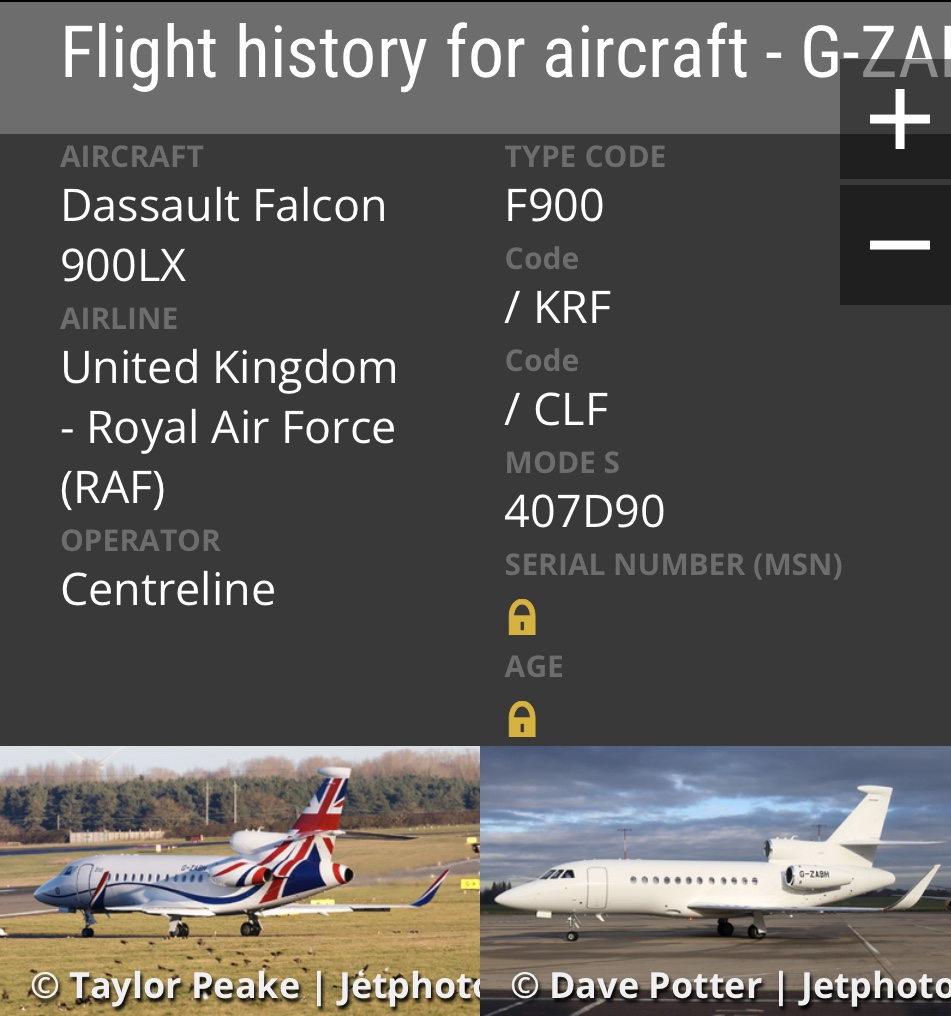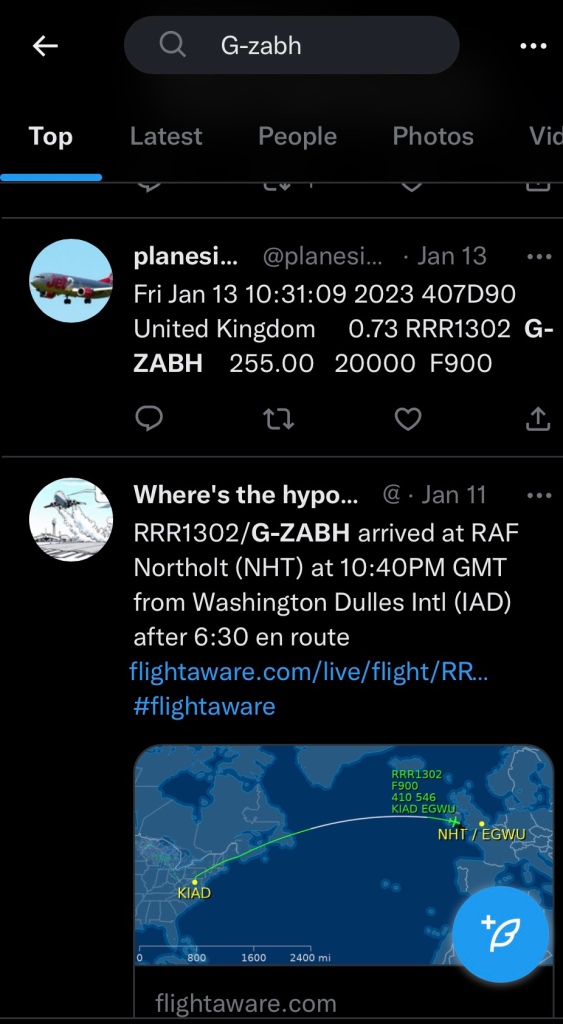OSINT for Plane Tracking: Uncover the Secrets of Aircraft Surveillance
Discover the world of aircraft surveillance using OSINT! Learn effective techniques to track planes, explore aviation resources, and enhance your aircraft tracking methods, just like those who tracked Elon Musk's jet.

With so much news about Elon Musk’s private jet being tracked, this post addresses how to track planes with OSINT.
One can look for the plane registration as a starting point. The registration is written on the side of the plane and is usually visible in photos of a plane.
Aviation news sites
There are actually a lot of news websites devoted to aviation that are full of articles about specific aircraft.
For example, here is an article titled “Royal Air Force’s newest aircraft fleet reaches full-service capability” from UK-based Royal Air Force News (https://www.raf.mod.uk/).

The article includes this photo that clearly shows the registration G-ZABH.

A google search of the registration will find a lot, but here we will focus on specific websites and what they offer.
Plane Spotting Sites
https://www.jetphotos.com/ – includes user-uploaded photos of planes and all other forms of aircraft. A search here identifies the plane with additional data. At the top, we see a photo uploaded to the site and several other photos below.


Click on the photo (not the text to the right of the photo) and you'll see this information about the photo from the user that uploaded it. Most importantly, notice the date and location. Using this photo, among others, you can track where the aircraft has been observed over time.

Note that other plane spotting websites can have additional photos, which is why you want to also google the registration to find other sites with photos of the same aircraft.
https://www.planespotters.net/ is another great resource that will often have additional photos of the same aircraft.
This site presents Airframe Info, which gives a history of the aircraft from production to different operators over time, as well as the different registration numbers assigned to the plane when it was used by each operator.
To find this, under a given photo, find and click where its says “Airframe Info”

And you get the data presented as in the screenshots below.


ADS-B networks
ADS-B websites like Flight Radar 24 (https://www.flightradar24.com/) use ADS-B data to track aircraft. Once again, there are different websites with different ADS-B networks and unique data. Therefore, it is helpful to google the registration to find those other sites. But using Flight Radar 24, we get the following information, which includes the current location of the aircraft and its movements over the previous 7 days. (Notice direct links to photos of the plane from jetphotos.com.)


The site only gives you 7 days of history (try other sites to see if more data is available at that time). You can get more flight history by paying a fee.
If you want to keep tracking the aircraft and build your own history for it, you can use Visual Ping (visualping.io). This site is used for tracking changes on a webpage. So you can input the specific webpage from Flight Radar for your aircraft and request updates daily or once a week.
See below, where I have input the webpage url at Visual Ping and set it to look for updates in the page’s flight history section.

See the following advanced setting to set up how it scrapes the photo (by clicking a pop-up button that would otherwise obscure the screenshot).
I prefer to get updates once a week and paste a screenshot in an ongoing word doc.
In addition to google, Twitter is a great place to search the registration, and you will get all sorts of data, especially updates over time.

Above, you see a classic kind of tweet from a plane spotter. The user is posting a screenshot of flight tracking data that was available at that time. This is a great way to get access to historical data that is not otherwise available. And that's it!
Key Takeaways
Using OSINT to track airplanes is an effective way to begin sky-high surveillance to monitor aircraft and gather valuable data. You can uncover the history and movements of any aircraft by doing the following:
· searching for plane registration
· exploring aviation news websites and plane spotting sites
· utilizing ADS-B networks like Flight Radar 24
· use tools like Visual Ping
· get real-time updates from plane spotters on Twitter
Now that you know how to get started with aircraft surveillance, you can embark on your journey of tracking planes with OSINT, just like plane spotters who tracked Elon Musk's jet, or simply enhance your existing aircraft tracking methods.

